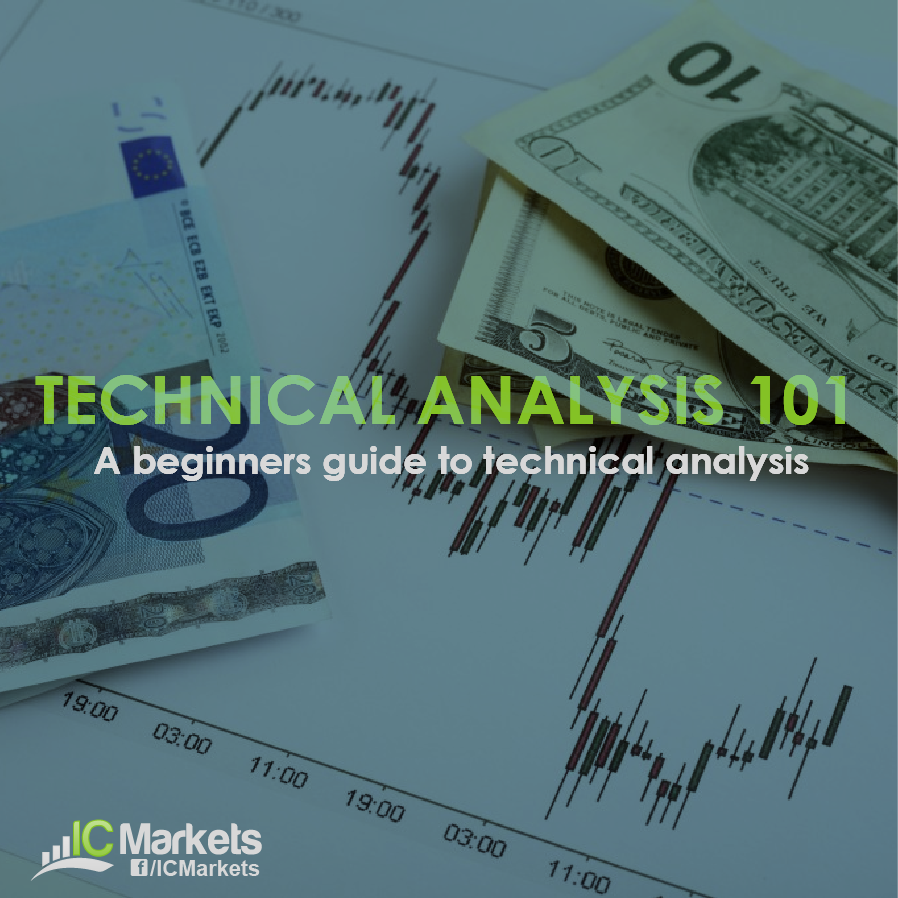Technical analysis refers to the study of past price action as a guide in forecasting future price movements. This involves looking at candlestick formations, chart patterns, and indicators.
The Dow Theory, which is based on the collective writings of Charles Dow, is used as the framework for modern technical analysis. Other techniques, such as those introduced by Ralph Nelson Elliott and William Delbert Gann, also comprise the commonly-used techniques in technical analysis of financial markets.
The underlying concept behind these ideas is that all market information is reflected in the asset price and that history tends to repeat itself. In other words, forex market factors such as economic data and risk sentiment are already incorporated in the exchange rate and that historical price patterns have a high probability of occurring again and again.





